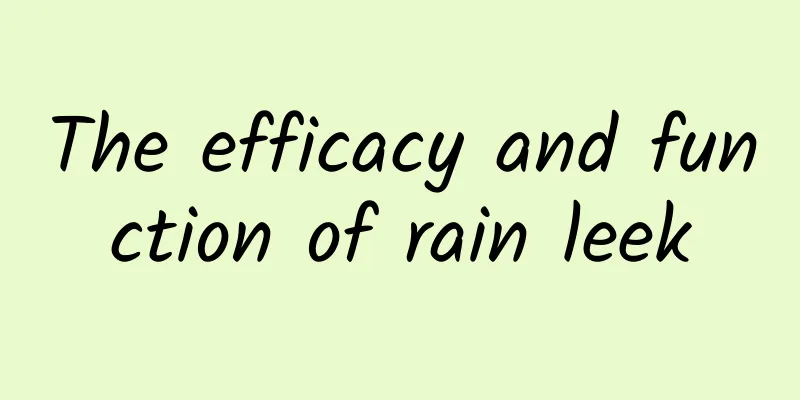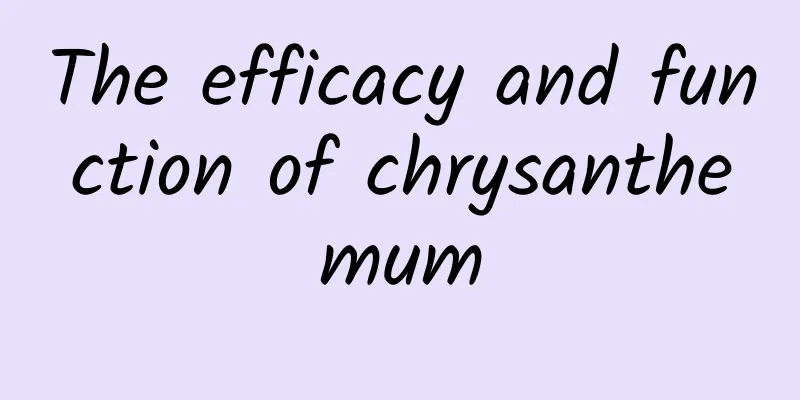The efficacy and function of stone drilling

|
Shidachuan is a traditional Chinese medicine and it does not mean to drive a hole through a stone. It is not the same medicinal material as Iwatoon, but both can be used to treat hepatitis. However, their directions are different, so they still need to be used separately. Shidachuan usually blooms in autumn. It is a yellow flower with five leaves, and its medicinal use lies here. This article introduces the effects and functions of stone piercing. Let’s take a look. 1. The efficacy and function of stone drilling 1. Clear away heat, detoxify, promote blood circulation, regulate qi and relieve pain. Used for acute and chronic hepatitis, distension and pain in the abdomen and flanks, damp-heat diarrhea, mastitis, and carbuncle. It has a good effect on some acute and chronic fevers, especially hepatitis and mastitis, and can quickly achieve the purpose of reducing inflammation and swelling. 2. Shidachuan can also promote the production of body fluids and relieve coughs. Some symptoms of kidney deficiency, such as difficulty urinating and defecating, qi deficiency and blood deficiency, and muscle soreness can be solved by eating Shidachuan. 3. Some bleeding symptoms can also be treated by taking Shidachuan. This is mainly because piercing the stone can stop bleeding and cool the blood, and has an astringent effect. 4. Shidachuan can also treat dysentery. It has significant therapeutic effects on various symptoms of dysentery, such as bloody dysentery, malaria, and red and white dysentery. It can assist doctors in treatment and be used as an alternative Chinese medicine. Its non-toxicity also makes it healthy to eat. 2. Rhyme of "Stone Breaking Through" Who knows that the stone is pierced, the green leaves have deep lines and serrated edges; the width is less than an inch and more than twice as long, with round stems and branches that embrace each other; in autumn, the yellow flowers have five thin petals, and the fruits are flat and pierce like needles; the perennial roots are about three feet long, and the seeds grow in spring and follow the shoulders of the younger brothers; the taste is bitter and pungent, and enters the lungs, and can penetrate the intestines and stomach and attack tough problems; the flowers and leaves are picked and mashed into juice for use, and sugarcane juice and white wine are used as a supplement; the phlegm caused by choking and drinking can be instantly transformed, and it is the best at calming the throat and soothing the body. 3. The difference between stone-piercing and stone-seeing Shidachuan and Shijianchuan are both medicinal materials that are effective in treating hepatitis. Shidachuan, also known as yellow-haired ear grass, is the dried whole herb of the Rubiaceae plant golden-haired ear grass. Ishigaki, also known as purple ginseng, is the dried whole herb of Salvia officinalis of the Lamiaceae family. Ishigaki and Ishida are two herbs commonly used to treat hepatitis. In some areas of the country, these two drugs are often confused and used to treat cancer. The two drugs differ by only one word, but their therapeutic focuses are different, so they should be used differently in clinical practice. |
<<: The role and efficacy of small black medicine
>>: The efficacy and function of not leaving the forest
Recommend
Jiwire: Travel product research: Mobile is as important as PC
Mobile and PC are equally important for travel in...
What are the effects and functions of Erigeron chinense
In fact, Ligusticum chuanxiong is used to treat h...
The efficacy and function of shiitake mushrooms
Chinese medicinal materials are very common, and ...
What are the medicinal values of Achnatherum splendens?
In today's life, people no longer pay attenti...
What? Fashionable socialites can actually "participate" in rocket building!
As you can imagine from the title, this is a stor...
[Smart Farmers] Subvert the impression! This kind of "working" bees can also reproduce offspring
Recently, the Pollinator Reproduction and Pollina...
The efficacy and contraindications of glans
As people pay more and more attention to their ph...
Beware! You may be soaking in a fake hot spring
|||| Written by reporter Zhao Tianyu, Photo and t...
Are there any side effects of long-term drinking of Codonopsis?
Life is a kind of life that has excellent effects...
The efficacy and function of bristle
In fact, the occurrence of many human diseases is...
Perfume and poop contain the same substance? The most "smell" popular science is here
This article was reviewed by Chu Yuhao, PhD from ...
Is it more energy-efficient to turn on the timer for a household electric water heater or to keep it on all the time?
Many people have struggled with the question of w...
"Hard and Soft" to Protect Shenzhou - A Review of the Technological "Hard Support" of the Shenzhou 13 Manned Spacecraft on its Way Back
Recently, the return capsule of the Shenzhou 13 m...
What exercise is the healthiest for your heart? Study finds that it ranks first →
Standing, sitting, walking, climbing stairs, runn...
The efficacy and function of mantis
Speaking of mantis, I believe many friends know i...









